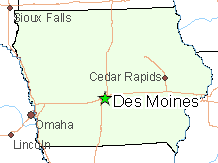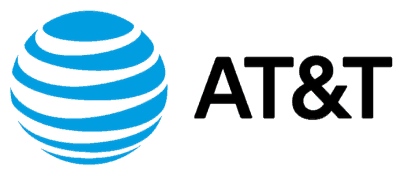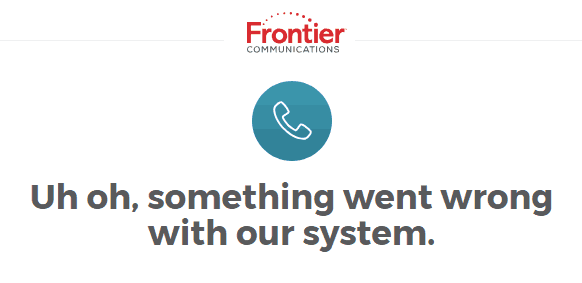![]() The capital city of Iowa will soon get citywide access to gigabit service from a new competitor when MetroNet fires up its fiber to the home network beginning in the spring of 2022.
The capital city of Iowa will soon get citywide access to gigabit service from a new competitor when MetroNet fires up its fiber to the home network beginning in the spring of 2022.
MetroNet, based in Indiana, has developed a lucrative business competing with some of America’s lesser known telecom companies, which have generally offered poorer service and slower speeds. When MetroNet cuts the ribbon on its gigabit fiber network, it will compete with usage-capped cable operator Mediacom, which Consumer Reports has bottom rated for at least a decade, and underfunded phone company CenturyLink, which has struggled to keep up with cable operator upgrades.

Des Moines, Iowa
According to the Des Moines Register, the fiber overbuilder will invest $70 million in its Des Moines network, and will be the third local competitor for internet, phone, and video service. The company traditionally undercuts competitors on regular pricing and at least matches their introductory pricing. In Des Moines, Mediacom offers new customers gigabit speed for $79 per month, which almost doubles to $139.99 when the promotion ends. CenturyLink’s limited fiber network starts at $65 a month, but also rises significantly after the promotional pricing ends. MetroNet will charge $60 a month for gigabit speed with a $100 debit card rebate, with prices increasing after the sixth month to $69.95 for the next 12 months. After the 18th month, regular pricing ($89.95) will apply.. MetroNet does not impose any data caps or usage based pricing.
MetroNet already offers service in Davenport, Ames, and Bettendorf, and has similar networks under construction in Ankeny, Urbandale, Gilbert, Grimes, Johnston, Clive, Le Claire, Nevada and Mason City — all in Iowa.
Google Fiber also has a nearby presence in West Des Moines. The city is constructing a fiber network that Google will license to provide its fiber internet service to residents in that area.
MetroNet received significant assistance from “red-tape-cutting” city officials, and the network will use existing rights-of-ways, with cables placed on poles and underground. MetroNet expects construction to take up to three years to complete, and residents can follow the company’s progress on a special website.
KCCI in Des Moines reports on MetroNet’s entry into Iowa’s largest city. (1:59)


 Subscribe
Subscribe AT&T CEO John Stankey is still looking to wring costs out of the business, and the company’s rural landline customers are next to take the cut.
AT&T CEO John Stankey is still looking to wring costs out of the business, and the company’s rural landline customers are next to take the cut.

 Maine’s broadband internet authority is proposing major changes to win public financing of broadband projects in the state, demanding better speeds and performance and giving more Maine communities the potential to construct their own public internet projects.
Maine’s broadband internet authority is proposing major changes to win public financing of broadband projects in the state, demanding better speeds and performance and giving more Maine communities the potential to construct their own public internet projects. Altice USA is pushing hard to grab market share away from Verizon FiOS — its biggest competitor in the northeastern U.S., with
Altice USA is pushing hard to grab market share away from Verizon FiOS — its biggest competitor in the northeastern U.S., with 